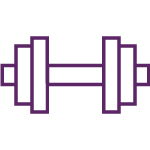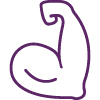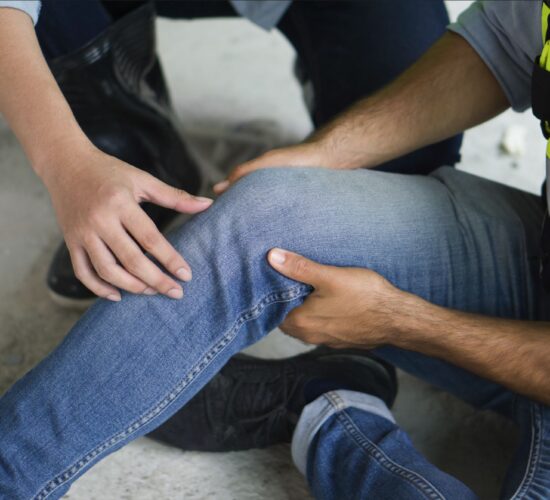What is tennis elbow?
Tennis elbow, also known as epicondylitis, is a painful condition that affects the elbow. It is a form of tendonitis that occurs when the tendons that connect the forearm muscles to the elbow bone are inflamed or irritated.
Tennis elbow usually involves pain on the outside of the elbow that can extend to the forearm and wrist. Pain is often exacerbated by repetitive arm and hand movements, such as those used in tennis—hence the name tennis elbow.
Causes of tennis elbow
Tennis elbow is often caused by overuse or overstretching of the forearm muscles that attach to the epicondyles. These are the bony protrusions at the end of the humerus, near the elbow. Repetitive hand and wrist movements can cause microtrauma to the tendons, leading to inflammation and pain.
Other factors that may cause tennis elbow include:
- Work activities that involve repetitive hand and wrist movements such as carpentry or computer use
- Traumatic injuries to the elbow or wrist
- Poor movement technique when performing repetitive tasks
- Lack of forearm muscle strength or flexibility
- Poor posture or posture disorders
- Underlying health problems such as arthritis or rheumatoid arthritis
Who can suffer from tennis elbow?
Tennis elbow can occur in people of all ages and activity levels, not just athletes. That said, certain people are more at risk than others.
Here are some factors that can increase the risk of developing tennis elbow:
- Regular participation in sports that involve repetitive hand and wrist movements such as tennis, golf, baseball or weight lifting
- A job that involves repetitive hand and wrist movements, such as carpentry, mechanics, hairdressing, sewing or office work with long hours at a computer
- Poor movement technique when performing repetitive tasks
- Weak forearm muscles or limited flexibility
- Underlying posture or health problems such as arthritis or rheumatoid arthritis
- Traumatic injury to the elbow or wrist









